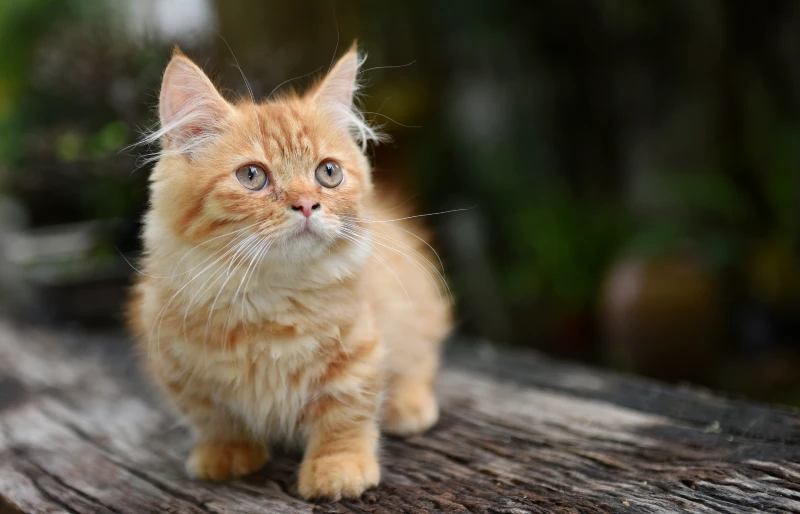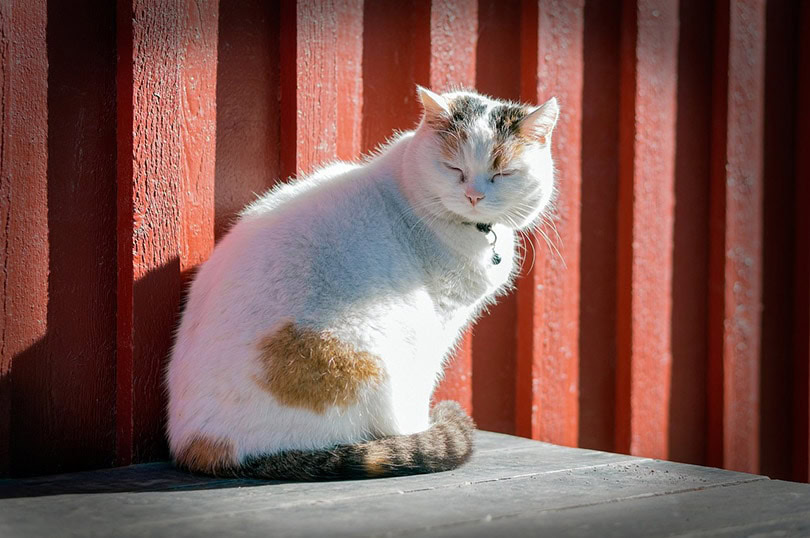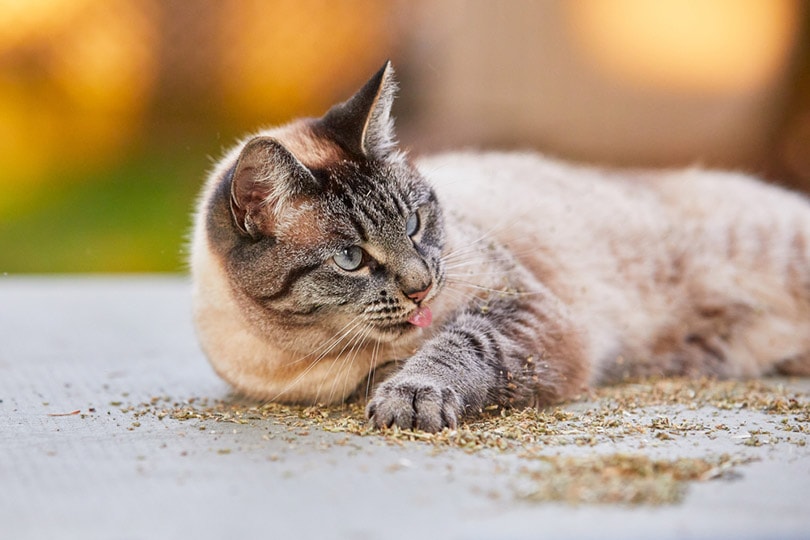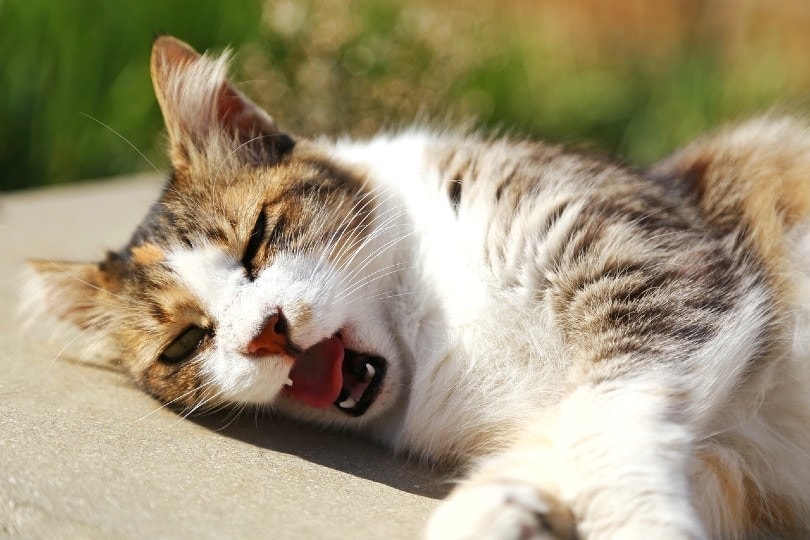VET APPROVED

The information is current and up-to-date in accordance with the latest veterinarian research.
Learn more »Click to Skip Ahead
Before you bring any animal into your home, you want to know what you’re getting into. Whether you don’t want to deal with pet hair all over your home or suffer from pet allergies, knowing how much they shed may be a critical part of the equation for some people.
Unfortunately, the exact amount a Munchkin cat is going to shed depends on the Munchkin cat you get since they have different types of coats. Overall, though, Munchkin cats tend to be moderate shedders.
With that in mind, we’ve highlighted some things you can do to help limit their shedding and help you manage your pet allergies if you have them!
Please consult with your doctor if you are suffering from pet allergies, as the tips offered here are a mere guide in controlling shedding, and have not been reviewed by a medical professional.
Do Munchkin Cats Shed a Lot?
If you’re wondering if Munchkin cats shed more than other breeds of cats out there, the answer is that it depends. Munchkin cats come in different varieties and have different types of coats, so some Munchkin cats will shed more than others.
Overall, though, the Munchkin cat is a moderate shedder. This means you’ll find cats that shed more than them out there, but you’ll also find plenty of cats that shed less than them. It’s important to understand that even cats that shed very little or are hairless, can provoke an allergic response in people suffering from pet allergies, allergens (proteins that cause allergies), are present in the saliva and skin glands, and remain on the fur and skin dander.
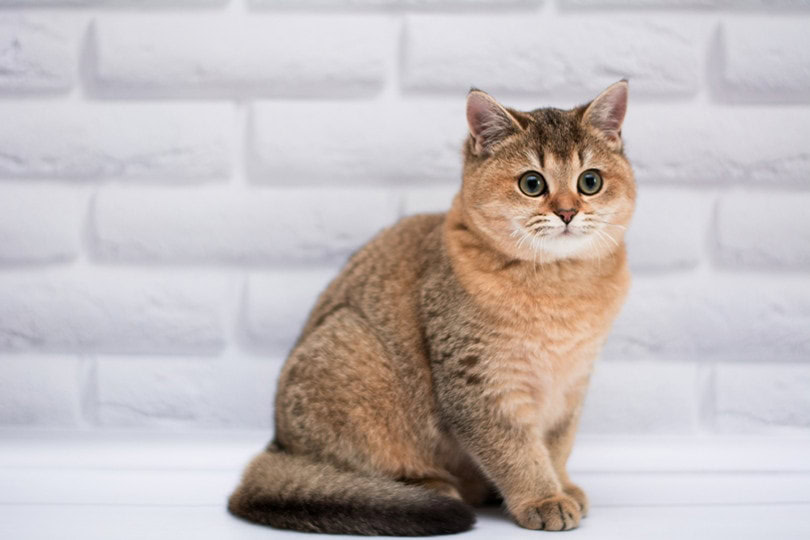

The 6 Tips to Help Control Munchkin Cat Shedding & Pet Allergies
While you’re not going to find a hypoallergenic munchkin cat, that doesn’t mean there isn’t anything you can do to help control their shedding. Whether you want to keep their fur off everything or you want to keep your pet allergies under control, we’ve highlighted some tips for you to follow here:
1. Brush Them Regularly
One of the best things you can do to help control pet shedding is to brush them out daily. Your cat is going to shed their hair either way, but if you can capture it in the brush, it means it won’t be all over your home.
Tired of cat hair sticking to all of your clothes and furniture?
- ONE PUSH RELEASE - This kitten brush / cat brush pops out fur with just a simple press, leaving you...
- DURABLE - Cat shedding can be a tough ordeal. Made of resilient ABS plastic and metal bristles with...
- COMFORTABLE - A cat fur brush with 60 degree angled, fine bristles and rubber stoppers will bring...
Well, we've got a little secret to share, want to know how we keep shedding to a minimum? The Hepper Cat Brush! Created to be gentle on your cat’s skin while removing excess hair, this brush is perfect for weekly grooming sessions and helping you to put down the lint roller.
At PangoVet, we’ve admired Hepper for many years and decided to take a controlling ownership interest so that we could benefit from the outstanding designs of this cool cat company!
2. Bathe Them Consistently
This sounds easier than it is in real life, as the majority of cats dislike getting wet. You don’t want to over-bathe your cat because it can strip their skin of necessary oils and nutrients, but baths do a great job of removing extra fur and dander before it has a chance to shed around your home. We recommend a bath about once every 3-6 months for your cat if you struggle with cat allergies if your cat will tolerate it and as long as they don’t have any skin conditions for which this would be contraindicated. Regular bathing may not be possible in a lot of cases though, so make sure your cat is on board first.
- Check out our favorite cat shampoos: Best Cat Shampoos for Shedding: Reviews & Top Picks
3. Vacuum Regularly
No matter what you do, your pet is going to shed around your home, both fur and dander. If you can pick up the hairs before they have a chance to irritate your airways, it’ll go a long way in helping you control your pet allergies.
Vacuuming regularly is a bit more work, but it’s also one of the most successful ways for you to mitigate pet allergies.
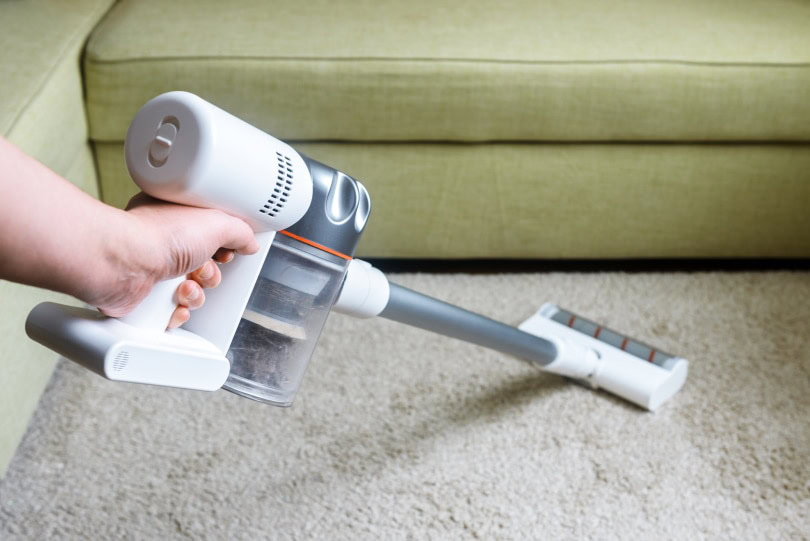
4. Use High-Efficiency Air Filters
High-Efficiency Particulate Air filters or HEPA filters are a great way to help you control your pet allergies. However, for it to help, you’ll need to put them in your air ducts and vents, which can get a bit more expensive, depending on the size of your home. The same filters can also be used in air purifiers and even vacuum bags, in the hope of reducing the amount of dander.
5. Have a Pet-Free Zone
If you struggle with allergies, one of the best things you can do is designate a pet-free area in your home. We recommend your bedroom since you’ll spend a significant amount of time there each day while you’re sleeping.
Having a pet-free area gives your body a chance to reset and can help you successfully manage your pet allergies.
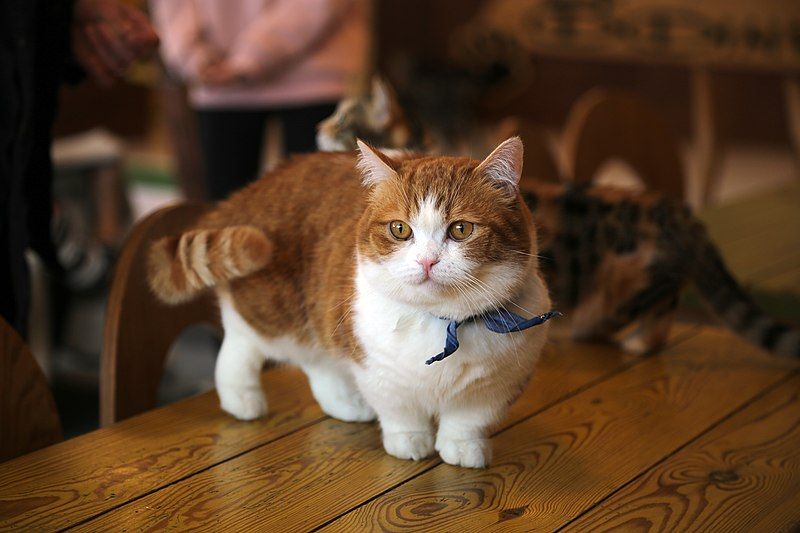
6. Talk to a Doctor
Sometimes, it doesn’t matter what you do, you’re going to struggle with pet allergies. If that sounds like you and you still insist on bringing a Munchkin cat into your home, we recommend reaching out to your doctor first. They might be able to offer medication options for you or other pieces of medical advice to help you manage your pet allergies.
 Conclusion
Conclusion
While you can’t predict exactly how much a Munchkin cat will shed before you bring one home, we do know that you won’t get a Munchkin cat that doesn’t shed. If excessive shedding is a dealbreaker for you, we recommend playing it safe by not getting a Munchkin cat.
Otherwise, follow the tips we’ve highlighted here and, hopefully, you can get their shedding under control.
Featured Image Credit: Phannasit, Shutterstock
